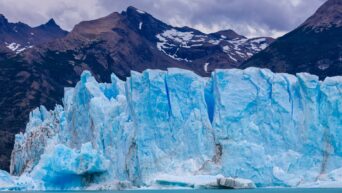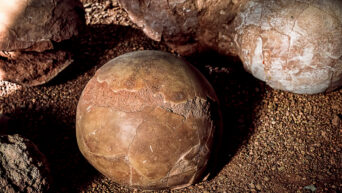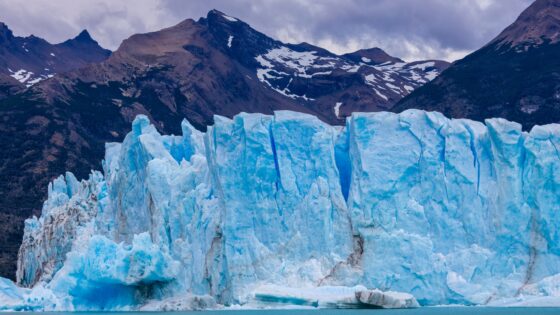There’s a fungus among us…
Quick! What’s the largest living thing on Earth? If you answered “blue whale” then we’re sorry to say that it’s the wrong answer. Actually, the largest living thing on Earth can be found on land – except it spends its entire life hiding away underground.
Can’t figure it out? We’ll give you a hint. The blue whale is the world’s largest living animal. This, on the other hand, is something else.
Fondly called “Humongous Fungus” by the scientific community, the Armillaria solidepes, or more popularly known as Armillaria ostoyae, is an organism that covers roughly 4 square miles or 2,385 acres of the Malheur National Forest in Oregon.
It appears above the ground as harmless-looking mushrooms, all of which are connected to a single organism that is hiding deep underground.
Despite that, they aren’t actually as harmless as they seem. The Armillaria was first discovered in 1998, after a group of scientists went to investigate what was killing off all the trees in the Oregon forest. It turns out that the Armillaria needs tree roots in order to grow, which they do by leeching off of them. This causes the roots to decay, thus killing off the trees.
The Armillaria can practically grow endlessly in a forest, as long as there are still enough trees to sustain it. It has a huge network of mycellia, or roots, that are located underneath the forest’s grounds. Once a year, the Armillaria pops out mushrooms above the ground, which usually appear around the area of a newly-killed tree.
































